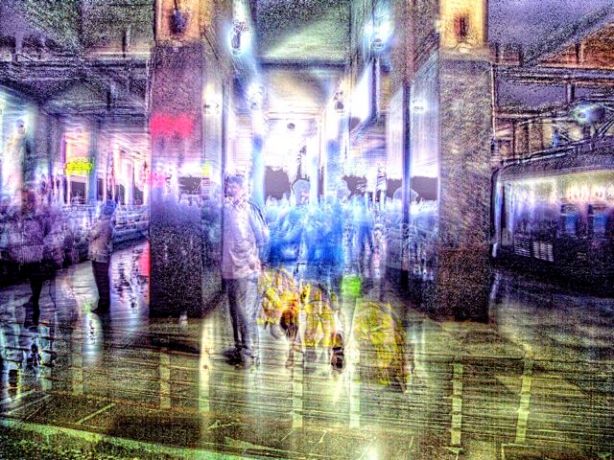What is the power of the monstrous? Where does it get this power? Jacques Derrida, who in his early work associated the future as such with a certain monstrosity (cf Derrida’s preface to Of Grammatology), said in an interview:
A monster may be obviously a composite figure of heterogenous organisms that are grafted onto each other. This graft, this hybridization, this composition that puts heterogeneous bodies together may be called a monster. This in fact happens in certain kinds of writing. At that moment, monstrosity may reveal or make one aware of what the norm is and when this norm has a history–which is the case with discursive norms, philosophical norms, socio-cultural norms, they have a history–any appearance of monstrosity in this domain allows an analysis of the history of the norms. But to do that, one must conduct not only a theoretical analysis, one must produce what in fact looks like a discursive monster so that the analysis will be a practical effect, so that people will be forced to become aware of the history of normality. But a monster is not just that, it is not just this chimerical figure in some way that grafts one animal onto another, one living being onto another. A monster is always alive, let us not forget. Monsters are living beings. This monster is also that which appears for the first time, and consequently, is not yet recognized. A monster is a species for which we do not yet have a name, which does not mean that the species is abnormal, namely, the composition or hybridization of already known species. Simply, it shows itself–that is what the word monster means–it shows itself in something that is not yet shown and that therefore looks like a hallucination, it strikes the eye, it frightens precisely because no anticipation had prepared one to identify this figure. . . . But as soon as one perceives a monster in a monster, one begins to domesticate it, one begins, because of the `as such’–it is a monster as monster–to compare it to the norms to analyze it, consequently to master whatever could be terrifying in this figure of the monster. And the movement of accustoming oneself, but also of legitimation and, consequently, of normalization, has already begun. However monstrous events or texts may be, from the moment they enter into culture, the movement of acculturation, precisely, of domestication, of normalization has already begun. . . . This is the movement of culture. Texts and discourses that provoke at the outset reactions of rejection, that are denounced precisely as anomalies or monstrosities are often texts that, before being in turn appropriated, assimilated, acculturated, transform the nature of the field of reception, transform the nature of social and cultural experience, historical experience. All history has shown that each time an event has been produced, for example in philosophy or in poetry, it took the form of the unacceptable, or even of the intolerable, of the incomprehensible, that is, of a certain monstrosity” (Derrida, Points 385-87)
There are some key tools for the method of ontogenesis in Derrida’s words. (more…)





















